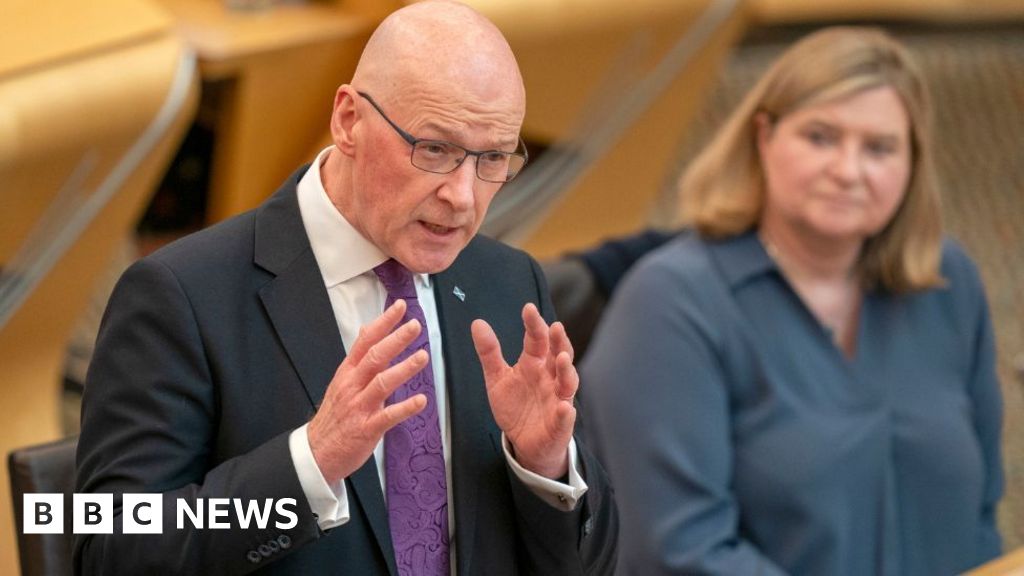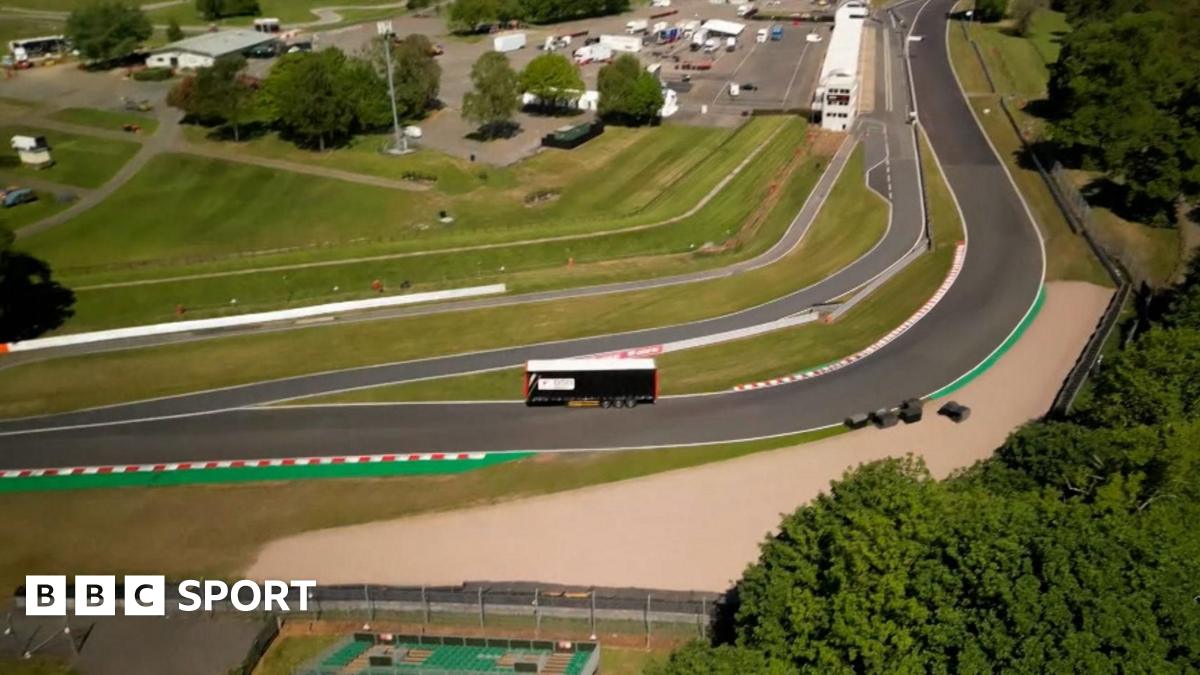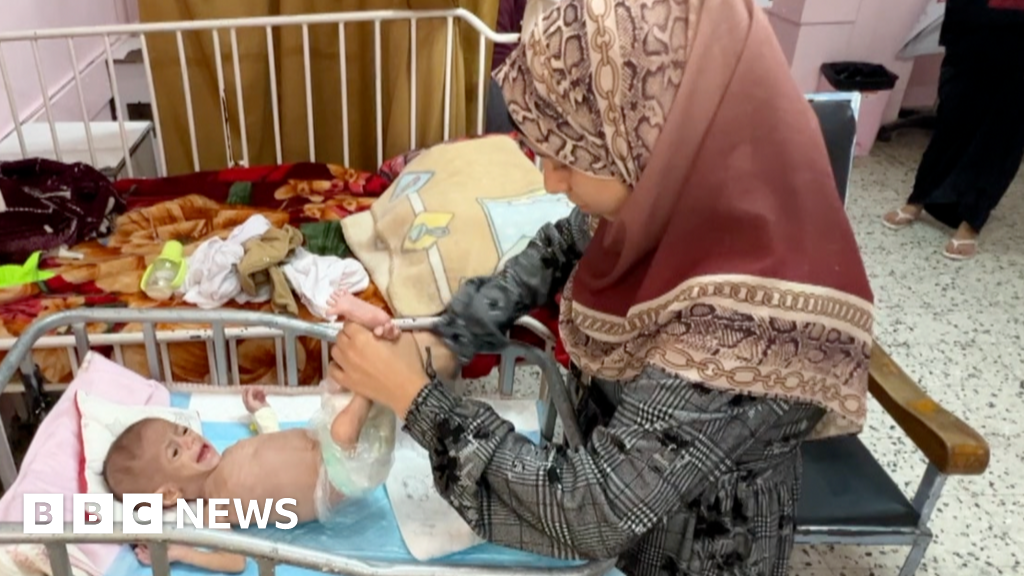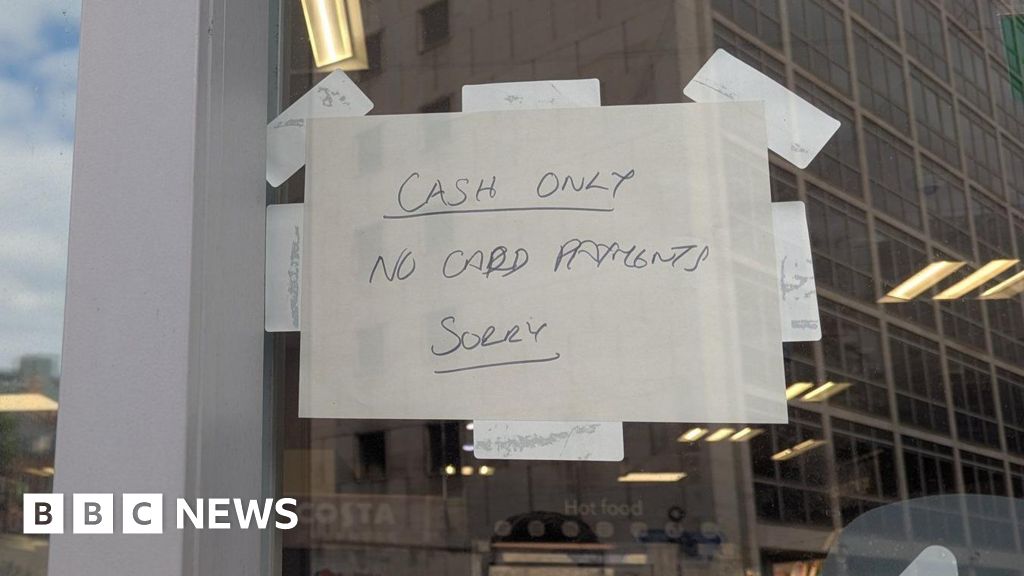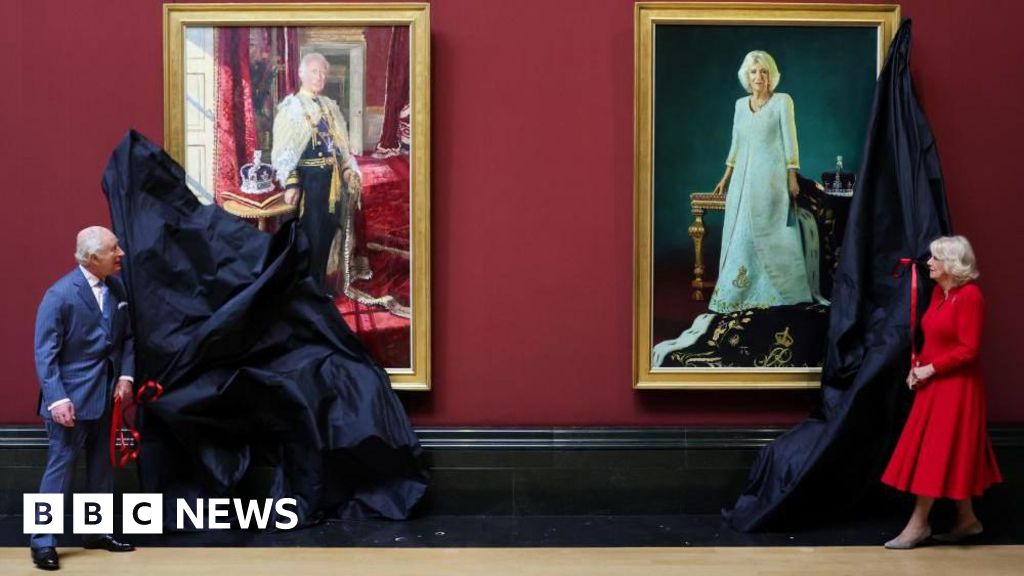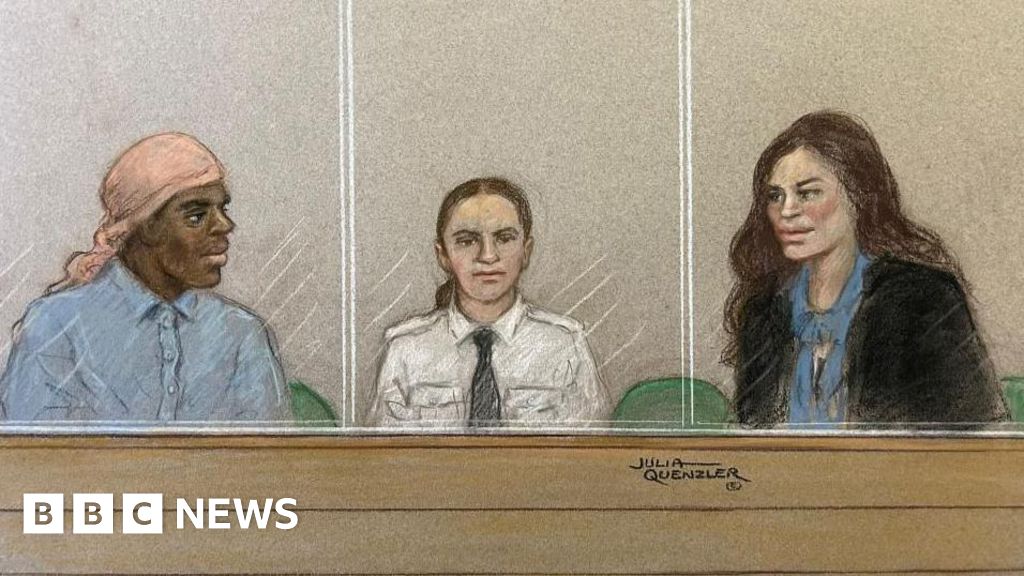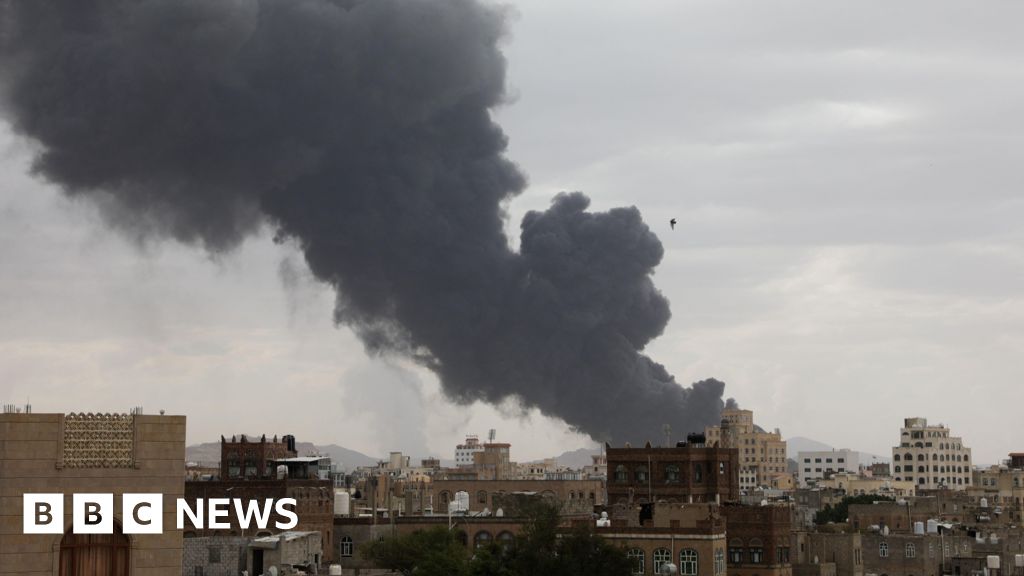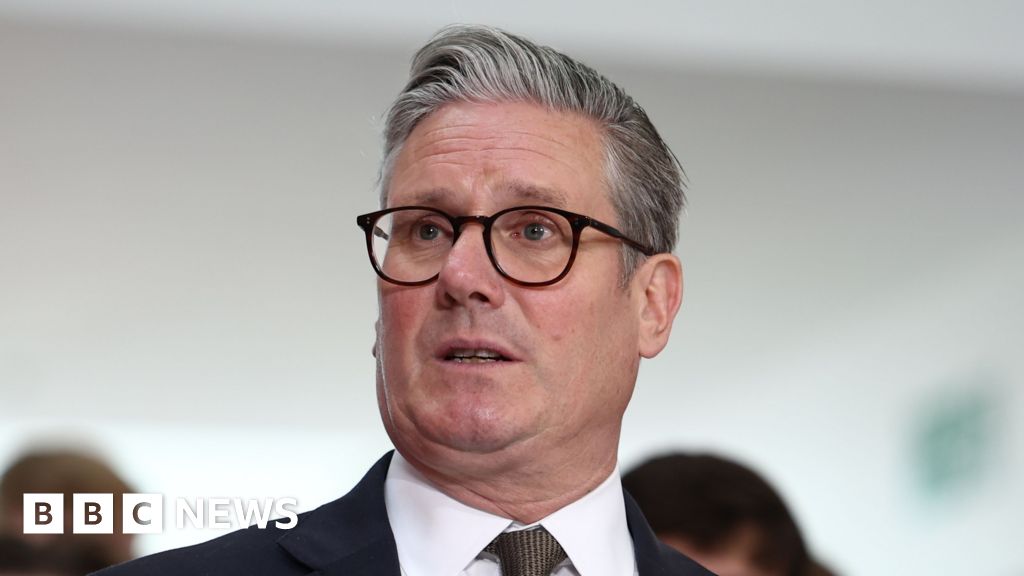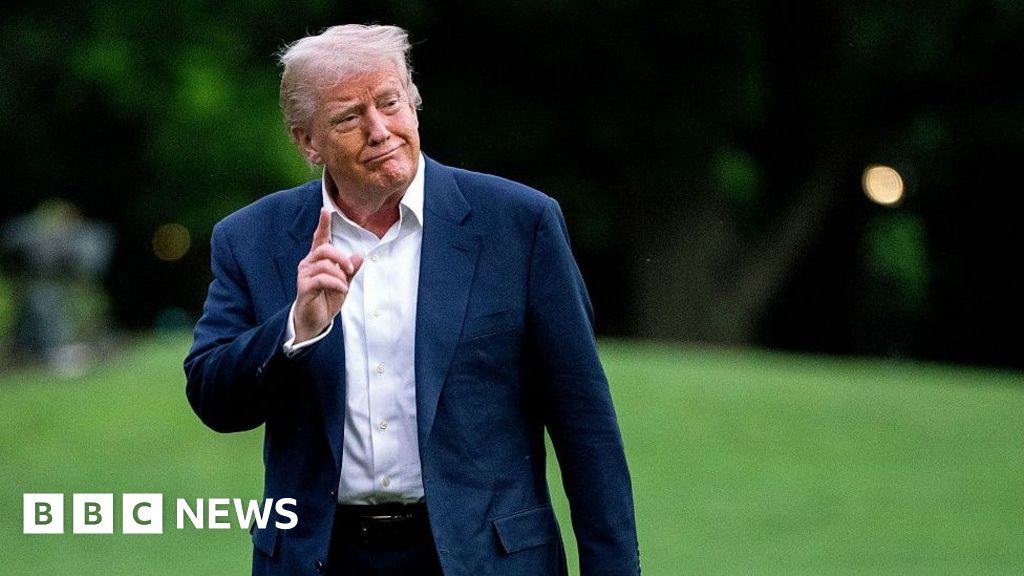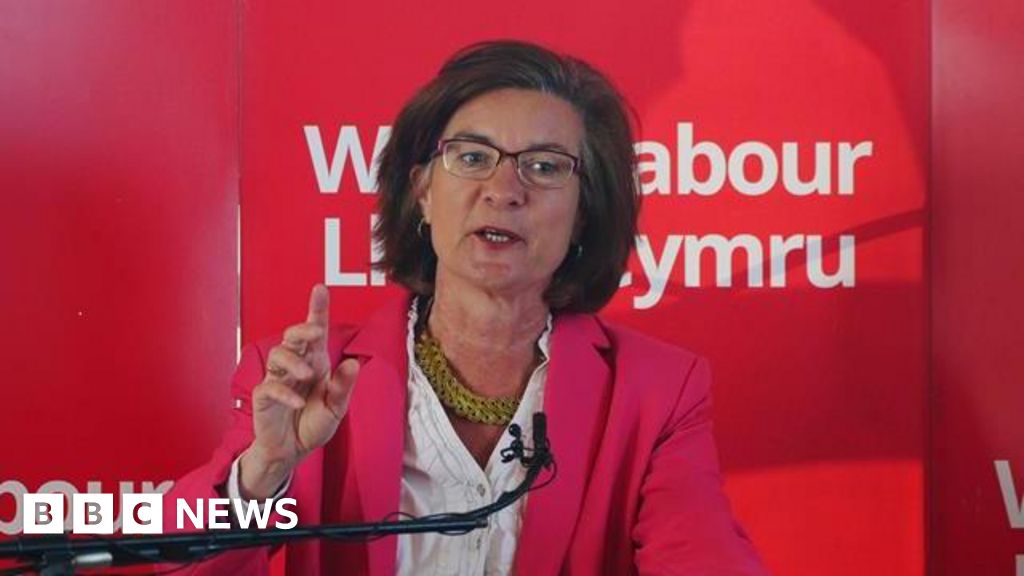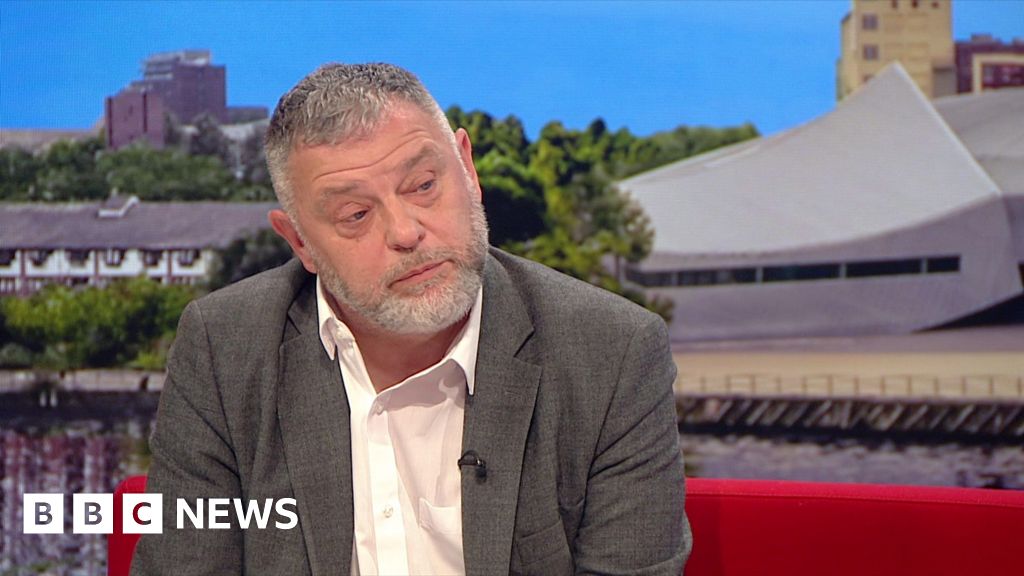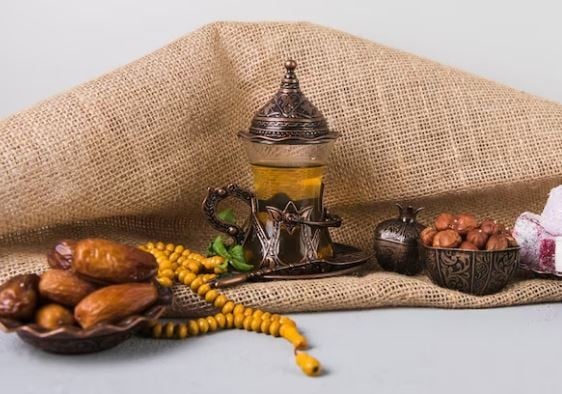
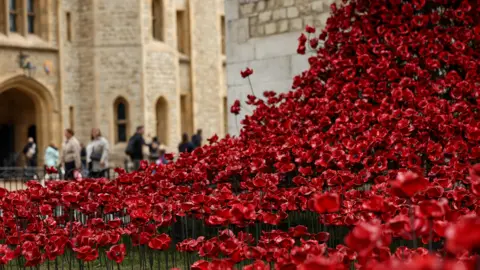 Reuters
Reuters
Poppies are a symbol of remembrance in the UK
Nearly 30,000 ceramic poppies are on display at the Tower of London to mark 80 years since the end of World War Two in Europe.
The red poppies have been positioned to resemble a cascading "wound" at the heart of the Norman fortress, which was bombed during the Blitz.
Some of the flowers were first shown at the site in 2014, when an installation of 888,246 poppies - each representing a military life lost during World War One - drew more than five million visitors.
The new artwork, named The Tower Remembers, is designed to reflect the loss of life through war and provide a space for remembrance.
It was designed by Tom Piper, while the ceramic flowers were made and designed by the artist Paul Cummins.
Piper previously said the scale of the 2014 installation, named Blood Swept Lands and Seas of Red, could never be repeated, but that he came to learn "smaller installations could still carry great emotional power".
He added: "Everywhere these poppies have been, they have brought people together, with their own stories of sacrifice, commemoration, and hope for the future.
"They have much to say about the universality of war and the anguish of suffering and loss."

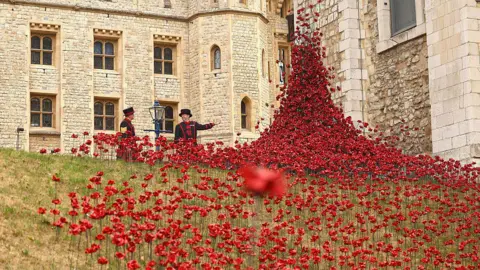 Getty Images
Getty Images
The poppies are on loan from the Imperial War Museums' collection
Visitors will be able to see the poppies as part of a general admission ticket to the Tower of London, though a small part will be visible from the public footpath.
The display will remain until Armistice Day on 11 November, which marks when the World War One armistice came into effect.
A tradition with its roots in World War One, poppies are a symbol of remembrance in the UK and are worn to commemorate those who lost their lives in two world wars and other conflicts.

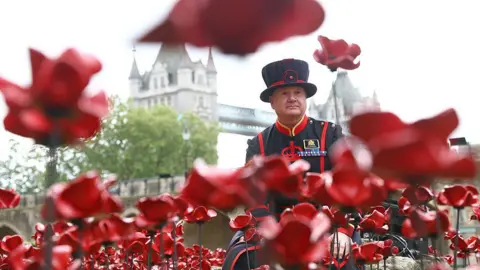 Getty Images
Getty Images
Part of the display will be visible from the public footpath




.png)
 4 hours ago
3
4 hours ago
3
